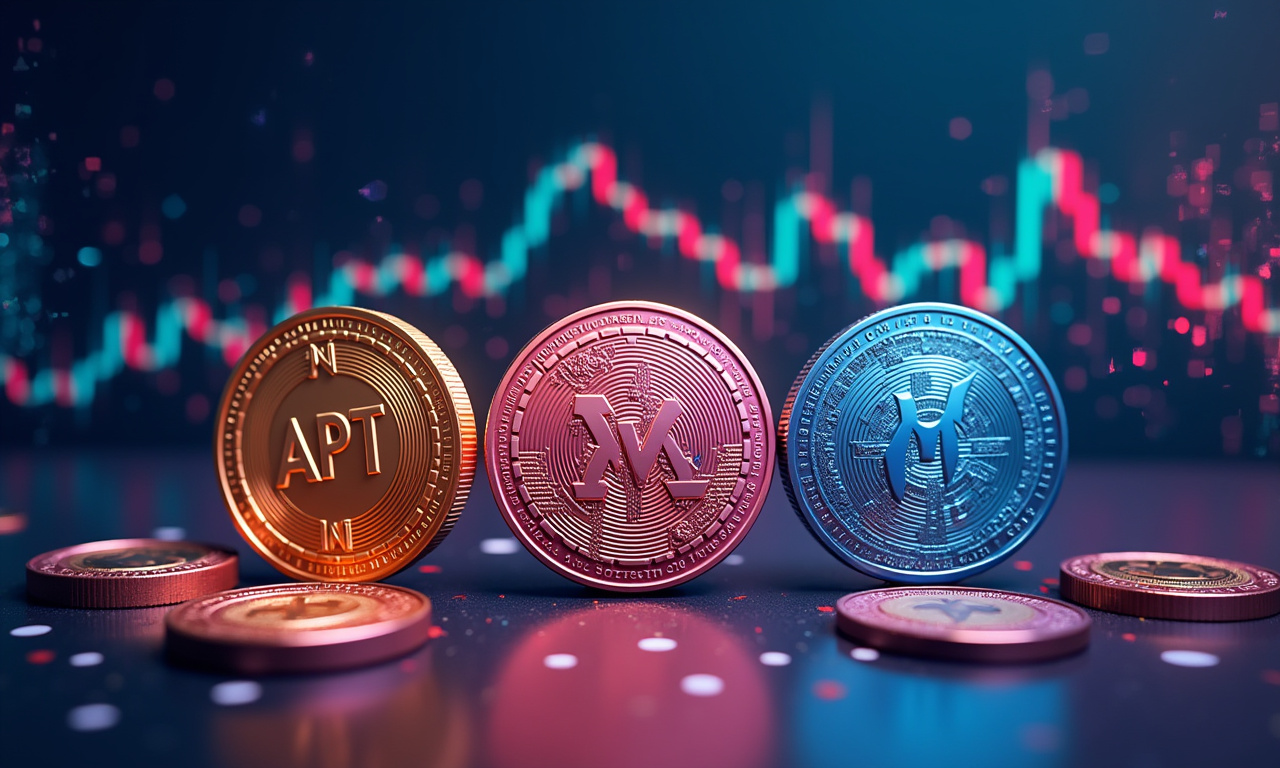The NFT space is infatuated. Addicted, even. To the floor price. It’s the first thing everyone looks at, the clickbait metric, the only metric for too many—too many—too many. Here's the cold, hard truth: obsessing over floor price is like judging a book by its cover. Or, as I should say, judging a library by what the least expensive brochure costs.
It's time to face the music. The emperor has no clothes. The floor price is a siren call distraction. This metric frequently doesn’t represent the actual health and long-term sustainability of an NFT project. This snapshot in time is too easily gamed by whales and hype. It tells you almost nothing about the fundamentals underneath.
So, what should you be looking at? Leave aside the temporary highs and lows of your floor price. Focus on what truly matters: the core health of the project. Here are 7 metrics that help cut through the noise and tell the real story.
Utility Adoption Rates Matter Most
What are all these other people doing with their NFTs and what can we learn from them? A high floor price does not help if no one is engaging with the utility that’s being promised. Are holders redeeming their perks? Accessing exclusive content? Participating in virtual events?
Think of it like this: you can inflate the price of a gym membership, but if nobody is actually going to the gym, the long-term value is zero.
Monitor how many of your holders are redeeming on-chain benefits. This is a key measure of engagement and a leading indicator of holder stickiness. With a project that provides tangible utility, you’ll find much greater redemption rates and a more committed community. This directly translates to long-term value.
Consider this unexpected connection: Utility adoption rates are to NFTs what conversion rates are to traditional e-commerce. That’s important, because a high conversion rate doesn’t do much good if people aren’t buying your product. High utility adoption means NFT holders are actively using your NFT, creating long-term value that goes far beyond speculation alone.
Brand Lift: More Than Just Hype
NFTs are the perfect medium to create brand equity and foster consumer connection in a groundbreaking way. How do you measure that? Forget vanity metrics like follower count. Focus on real brand lift.
Implement pre-and post-campaign brand lift studies to measure lifts in brand awareness, purchase intent and brand affinity/Net Promoter Score (NPS). To evaluate that, focus on reverse attribution. Did the NFT campaign re-engender people to perceive differently about your brand? Did it lead to sales of your other products or services?
There’s no denying that most NFT projects are purely grifting for the hype. The visionary leaders are leveraging NFTs to create deeper connections with their consumers and foster brand affinity.
Community Engagement: Active vs. Bots
An active Discord server is nice, but a large Discord server does not necessarily translate to a healthy community. Well, it’s pretty easy to purchase bots to artificially inflate those numbers. What you should really be paying attention to is meaningful engagement.
Consider what percent of your community, maybe only a few dozen people, are involved with the discussions. Contributing to the project? Creating user-generated content? Are they actually excited about the project, or merely looking to pump the floor as soon as possible?
This is where qualitative data comes in. Read the comments. Monitor sentiment. Talk to your community members. Get a feel for the vibe. A vibrant local community may be your greatest asset, but it’s the one that truly can’t be faked.
Just think of the excitement of a field full of cheering spectators. Now imagine the opposite—a quiet, vacant stadium. Which of the two do you think is more valuable to a sports team? The same principle applies to NFT communities.
Financial ROI: Beyond Initial Sales
Of course, financial ROI matters. Yet, too often people only focus on the primary sale proceeds. Consider the ongoing royalty revenue. Factor in gas fees. And most importantly, track everything.
Use free tools, such as Dune Analytics, to monitor on-chain activity. This will provide you with a complete picture of your NFT campaign’s monetary success.
After all, financial ROI isn’t only measured by making a quick buck. It's about building a sustainable business model. Do you have a profitable business model where you’re able to generate enough revenue to pay your bills and keep reinvesting in the project?
Channel ROI: Optimize Budget Allocation
Where are you making a difference and receiving the biggest impact per dollar spent. Are your influencer partnerships driving real results? Tired of wondering if your social media ads actually convert into sales?
Combine on-chain analytics with off-chain engagement data (such as web traffic, email open/click-through rates) to spend your budget where you’ll get the most bang for your buck. Don't just throw money at the problem. Be strategic.
This is where well-defined influencer briefs go a long way. Set clear performance objectives (mint goals, utility exchanges, expansion of community) per influencer level. Hold them accountable.
Primary Sale Metrics: Initial Launch Success
It’s not the only measure of success, but the success of the first sale is no less key. How quickly did the project sell out? What was the mint price? How many unique wallets participated?
Together, those three metrics give you a rich understanding of what the preliminary demand looks like for your project. Keep in mind, just because you launch successfully doesn’t mean you will succeed in the long run.
Secondary Market Metrics: Long-Term Health
The floor price has its criticisms, but monitoring secondary market volume is a more informative metric to look at. Keeping an eye on trading activity uncovers key indicators of a project’s long-term viability. Are people actively trading the NFTs? Is the volume consistent?
A vibrant secondary market shows long-term commitment and demand. Don't get fixated on the price. Focus on the overall activity.
In short, the NFT space must grow up. It’s time to cut through the hype and get back to creating real value. Forget the floor price. Focus on utility, community, and brand lift. These are the metrics that truly matter. And these are the metrics that will determine long term winner from loser.




